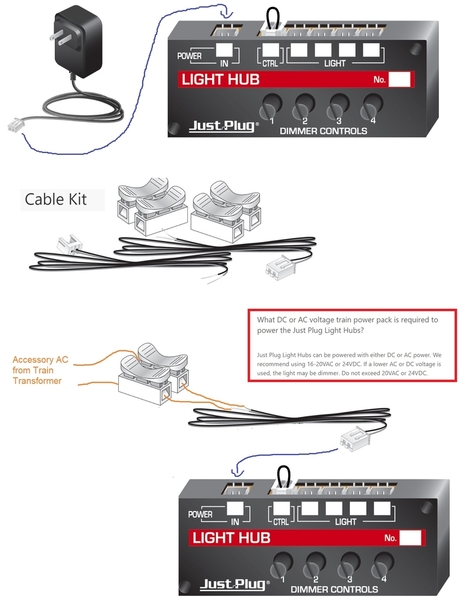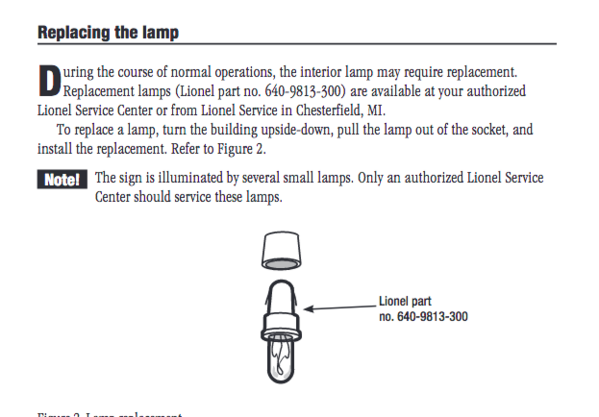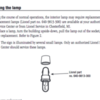A quick search of Woodland Scenics current O scale buildings verified that they have all been converted to the Just Plug system. So the question is "Is the circuitry in the older versions of their buildings different than the current offerings?" Woodland Scenics is not providing much information about this, so I decided to take a look.
Here is the circuit board in the WS Theater. I bought this second hand a year ago. I believe this is the older version. Tracing the board, I found that the input voltage is distributed to 4 female output Jacks in parallel. Each output has a pair of 1.37K resistors in series. One LED is plugged into each jack. So effectively we have a 685 ohm current limiting resistor for each LED. A 16V DC supply would deliver 20ma to each LED. I tried a 12v DC wall wart and it lit the building at a comfortable level (note the input wire with the stripe is positive). It also worked off the 10V and the 14V fixed AC outputs of a Z4000, though this is not a good idea since the lack of reverse voltage protection will shorten the life of the LEDs.


Woodland Scenics newest release, the Smith Brothers TV and Appliance store uses the same distribution board with single higher wattage 680 ohm resistors in series with each output circuit. In addition there is a circuit board heat shrink wrapped in 3 of the 4 LED circuits. John Sethian had previously posted a picture of the board after removing the heat shrink (below). It has a bridge rectifier and smoothing capacitor to convert to DC, and a 2.7K current limiting resistor. This allows it to be powered by AC or DC, and safely at the higher voltage of the Just Hub system. The instructions say that it can be powered with the Just Plug Light Hub or the Just Plug 24V DC power supply or the accessory terminal of a "model railroad power pack." In both the HO and the O gauge world, this would be an AC source in the 12-18v range.
2 of the 4 circuits supply the flickering LEDs behind the TVs. The 3rd circuit supplies the light in the fridge and a 5050SMD LED at the back loading dock. Oddly, the 4th circuit lacked the rectifier board. It supplied the 5050 SMD LED on the ceiling inside the building. I am not sure whether this was an assembly error or by design. With the WS 24V DC power supply, this LED will draw 32ma, so it may be by design for maximum brightness. Still, if I decide to power the building with AC, I will probably add a reverse current protection diode.
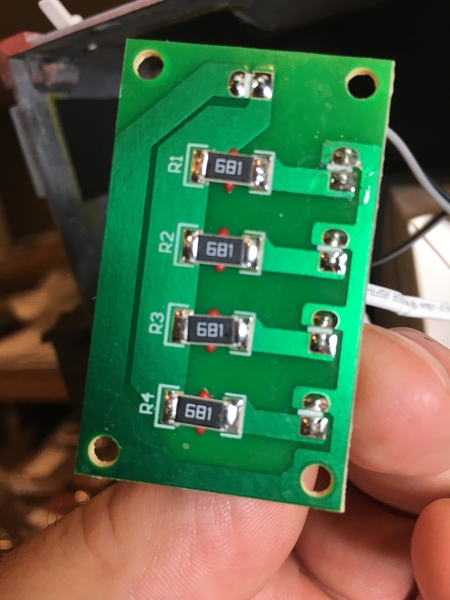
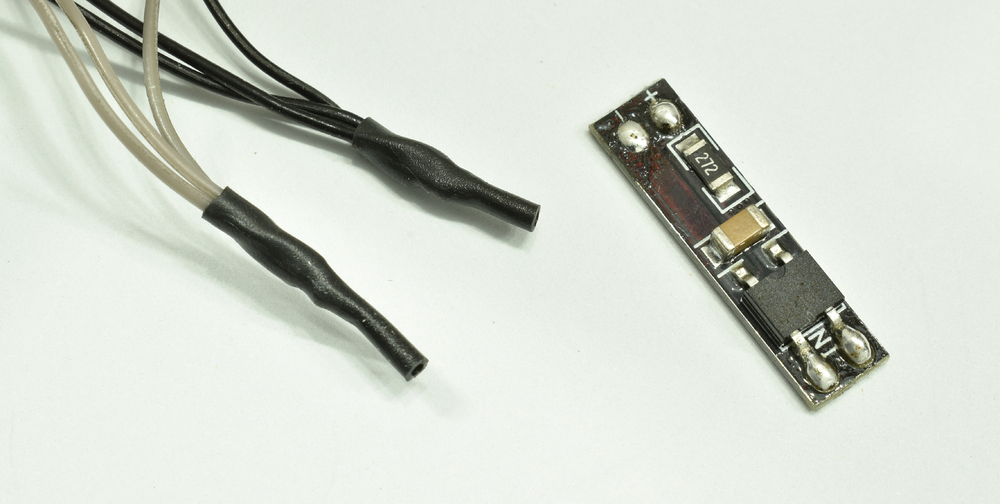
So here are the take home messages:
1. The new WS Just Plug compatible buildings have rectifiers in each light circuit which allow them to be powered by 16-20V AC or 24V DC.
2. The older WS buildings without the rectifiers should be run on 12-24V DC only (20ma @ 16V, 32ma @ 24V) rather than AC to avoid shortening the life of the LEDs.
3. The Just Plug Hub powered with 24V DC can be used with old and new buildings and allows brightness to be adjusted.
Bob






